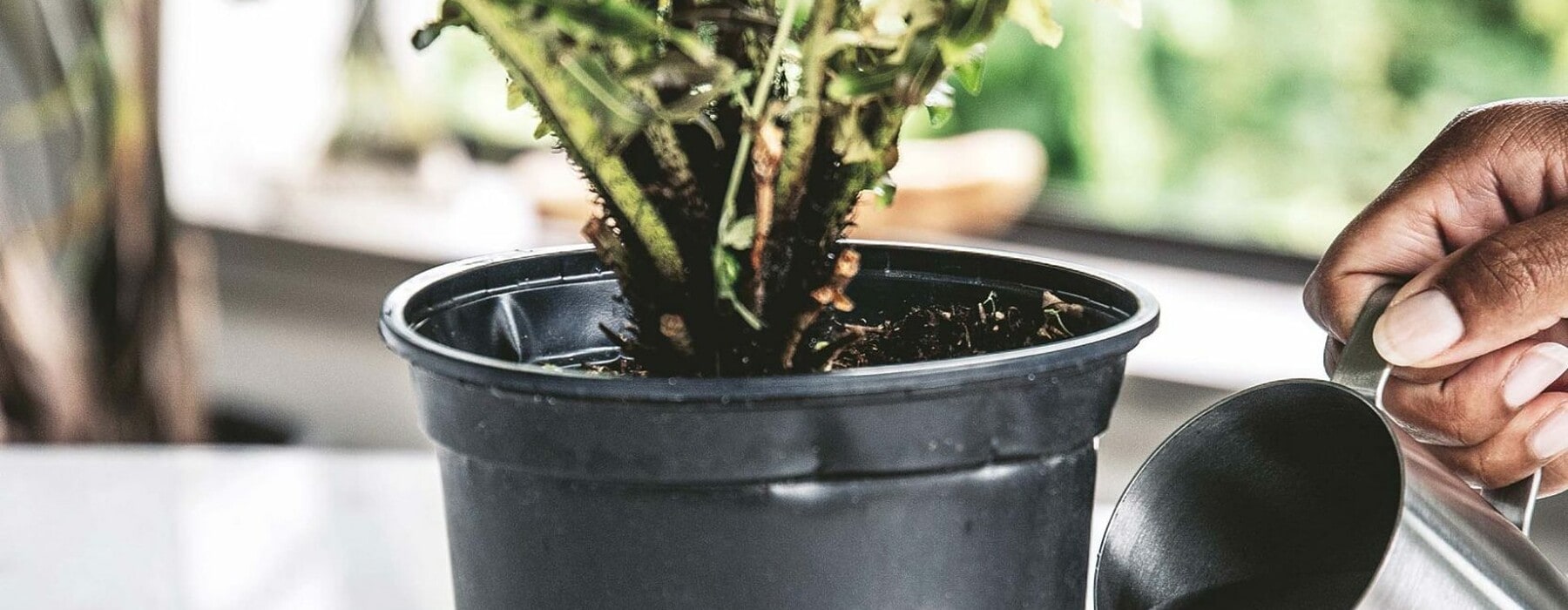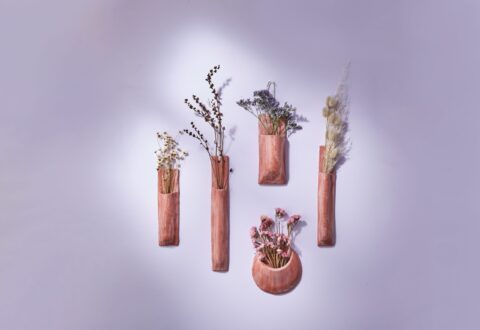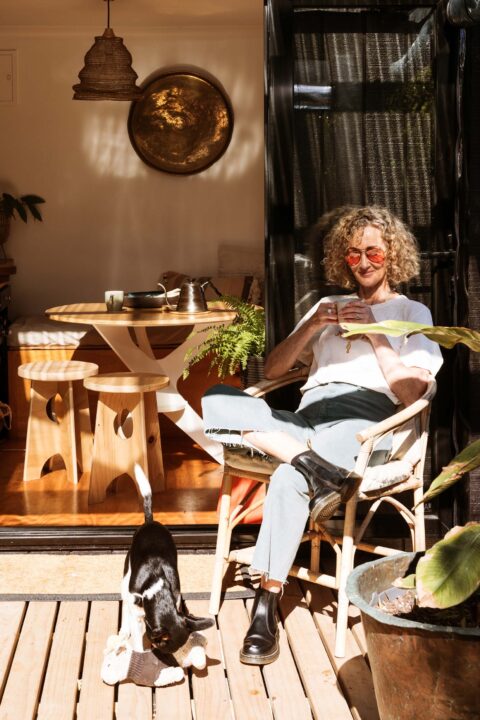Instagram star Hilton Carter lives surrounded by hundreds of plants, and his new book includes tips about how to display indoor greenery and keep it healthy.
1 Shopping
You could have had plants in your home for years and then one day, out of the blue, you have an infestation. Well, that plant you just brought home from the plant store could just have been the culprit. When you’re shopping for a new plant friend to bring home, you want to give it a good look over. It’s a good idea to treat your plants like pets. Look at it as if you’ve just taken your dog for a long walk through tall grass.
Just as you might check your pup for ticks, you’re going to want to get in there and check those plants for bugs. Just because you’re getting the plant from your favorite plant store doesn’t mean that it isn’t already infested with bugs. So before you purchase it, make sure to check on top of the leaves, below the leaves, and around the top of the soil for anything that looks like it’s not a part of the plant.
While some bugs move around a lot while on your plant, others are motionless and can easily be missed. If you’re uncertain whether what you’re seeing is a bug or not, ask an assistant at the nursery for help. The first step in limiting bugs in your home is making sure you’re not the one bringing them in.
2 Checking in
While every plant parent should expect to see a bug here and there, you won’t run into an infestation overnight. It’s not like there’s one bug one day, the next day two, and then the third day a thousand bugs. That’s not how it works. But if you’re not paying attention to your plants, that’s when it will happen. The best way to keep your plants as bug-free as possible is to check in on them at least once a week. And by checking in I mean, again, giving them a good look over, as you did when shopping for them. If you want to make sure your plants are thriving and that you don’t find yourself with a plant that is covered in mealy bugs or spider mites, this work is necessary. And while you’re in there, go the extra mile and wipe the leaves down. I try to do this every other week to keep me on the lookout for bugs, but also to remove any dust that has built up on the foliage. Removing that layer of dust can help bring more light to the foliage, making it vibrant, and can help give your plant back its natural shine. Sometimes I’ll place a droplet of mild dish soap in about 4 litres of lukewarm water and I’ll use that with a soft cloth to wipe the leaves down. While removing dust, the mild dish soap can also deter and kill bugs. After, I’ll come back and wipe
the leaves down again with a clean cloth.
Removing that layer of dust can help bring more light to the foliage, making it vibrant, and can help give your plant back its natural shine.
3 Cedar wood
Nature has a way of protecting itself. They say that when you cut the leaves of a philodendron, the scent they release is the plant warning others around it that danger is among them. I love that. So when it comes to cedar, that’s what makes it a great bug repellent. It releases a scent that bugs like termites, moths, mosquitoes and gnats don’t like. When trying to rid your plants of these bugs, an easy method is to place cedar chips, sawdust, or even pencil shavings on top of the soil. Yes, I said pencil shavings! Some good-quality pencils are made of cedar and can be used to deter bugs from coming around your plants. I like using pencil shavings because one, I’m repurposing the shavings I already have from sharpening my pencils, and two, it looks cool.
4 Base water
Watering your plant from the base will allow the soil and roots to pull moisture in without getting the leaves and the topsoil wet. When it comes to gnats, they love being around damp soil, so if your topsoil isn’t as wet because you’re now watering from the base, you’ll see fewer bugs flying around your plant. When watering from the base, it’s important to only allow the water to sit in the base tray or the pot to sit in water for 30 minutes. After 30 minutes you’ll want to dispose of any remaining water or remove your plant from water.
5 Old tricks
Like many of us, I’ve been handed down tips and tricks to deal with things that can occur in our lives. One trick that I’ve been shown for dealing with a few pesky gnats is to place a small bottle cap full of apple cider vinegar or leftover coffee on the topsoil or near your plant. This will draw the gnats there, for them to die, while the soil of the plant dries out.
Four bugs to look for
- Mealy bug: White and cotton like
- Scale insects: These look lifeless with shells that look like droplets of tree sap
- Spider mites: Small and creates webs around the edges of your foliage
- Gnats: Small and fly around wet soil









